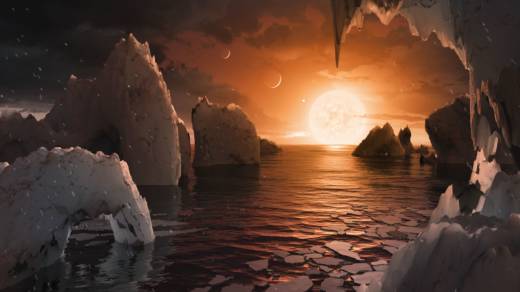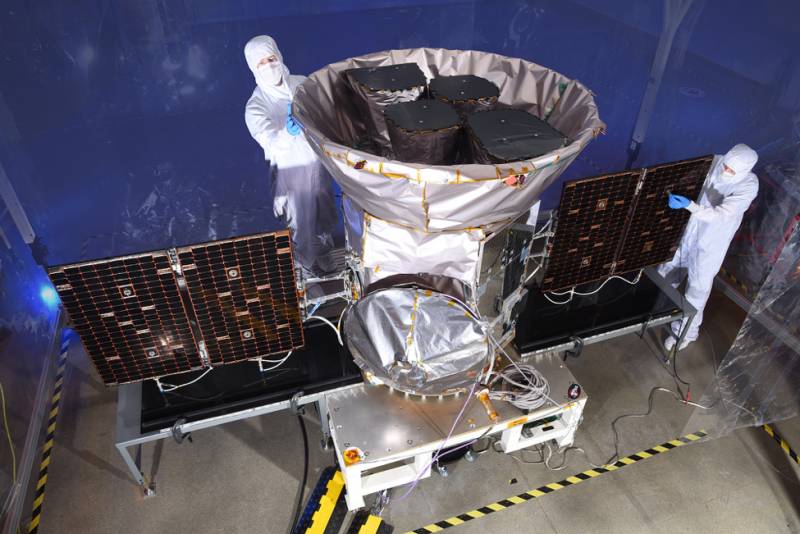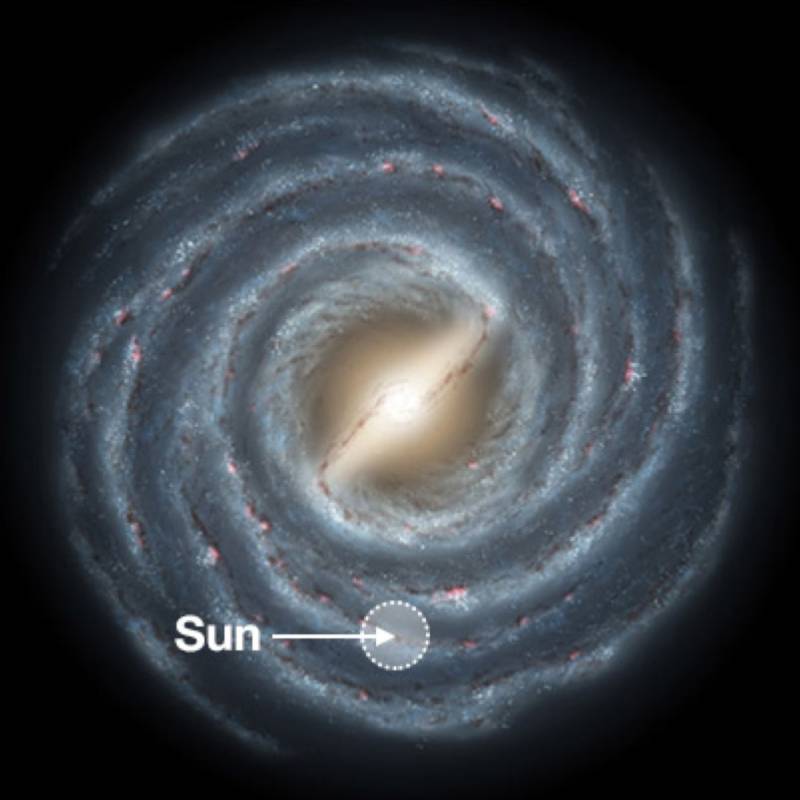NASA’s Transiting Exoplanets Survey Satellite, or TESS, made its first-ever discovery of an extrasolar planet of Earth’s size that is also located within its star’s habitable zone.
Exoplanet hunters and astrobiologists have searched for so-called “other-Earths” like knights of old pursuing the holy grail. They’ve identified only a small number among the thousands of exoplanets discovered since 1992, but those heavenly bodies have the potential to harbor environments friendly to life as we know it.
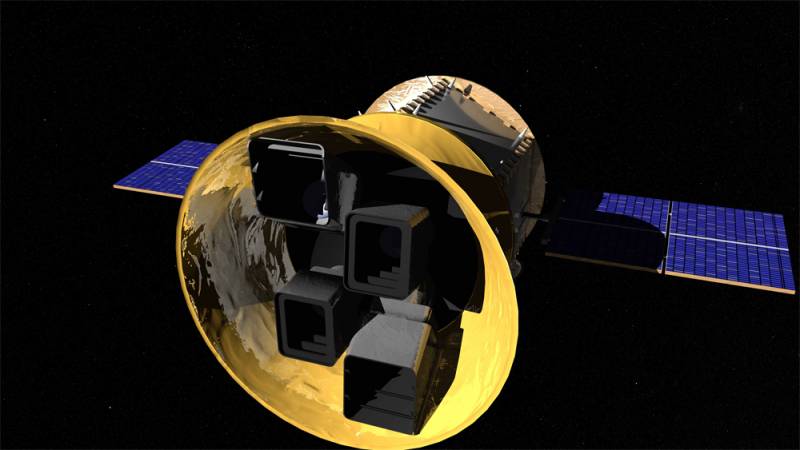
NASA’s infrared Spitzer Space Telescope confirmed TESS’s discovery, refining estimates of the exoplanet’s size and distance from its star and placing it squarely in the class of potentially Earth-like interstellar destinations.
Meet TOI 700-d
The planet, named TOI 700-d, orbits a red dwarf star about 40 percent the size and half the brightness of our sun. TESS also discovered two other planets, TOI 700-b and -c, orbiting closer to the star but not within its habitable zone.

Located in the southern constellation Dorado, the star TOI 700 and its potential planetary riches are 100 light years away, well beyond human civilization’s ability to reach in the foreseeable future. (Even Voyager 1, the fastest and now most-distant interstellar spacecraft we have sent out, would take another 2 million years to get there.)
TOI 700-d is just 20 percent larger than Earth, and it receives close to the same amount of energy from its star that Earth gets from the sun. Such similarities between the two planets may encourage visions of blue skies, salty seas, and earth-like landscapes on TOI 700-d.
But a handful of earthly properties don’t tell the entire story. The resemblance between our planet and TESS’s other-Earth may not extend beyond its size and how much sunlight it receives.
Why? For starters, the nature of its atmosphere — if it possesses one— could make TOI 700-d a very alien world. Is its atmosphere thin and cold like Mars’, or super-thick and hot like Venus’? Is it made of nitrogen, carbon dioxide, or a blend of air very unlike our own? Is there oxygen?
Without enough atmospheric pressure, water cannot persist in a liquid state, so the presence of rivers, lakes and oceans is not guaranteed, even on a planet in a habitable zone.
Another likely aspect of TOI 700-d is that it is tidally locked to its star. That means the same side perpetually faces sunlight, and the other is stuck in eternal night.
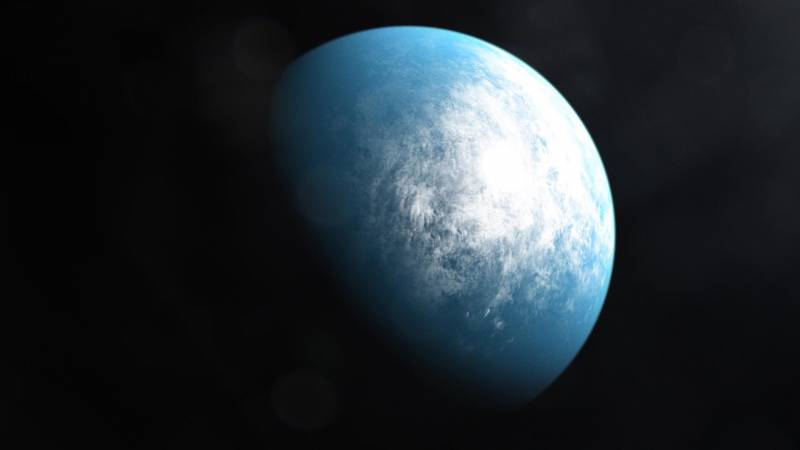
Tidal locking is the eventual fate of most objects that orbit close to a larger parent object, and TOI 700-d is only 15 million miles from its star, zipping around it once every 37 days. This synchronization of an object’s rotation and revolution, caused by gravitational interaction, is what keeps the same face of the moon always aimed at Earth, and what will eventually lock the planet Mercury into a state of permanently light and dark hemispheres.
Imagine a world in which you could experience the sun never leaving the sky, or the sunrise never interrupting perpetual night, depending on which part of the planet you live.
In one scenario for TOI 700-d, which scientists have generated with computer models, a planetwide ocean lies under a dense atmosphere of carbon dioxide, with a thick cataract of cloud layers shading the day side from its star.
Another scenario digitally imagines a cloudless world of dry land with global wind patterns circulating from the night side across the twilight zone to converge at the center of the day side.
So, even just throwing in the possibility that TOI 700-d is tidally locked to its star practically guarantees that this “Earth-like” exoplanet might be very unlike the world we call home.
